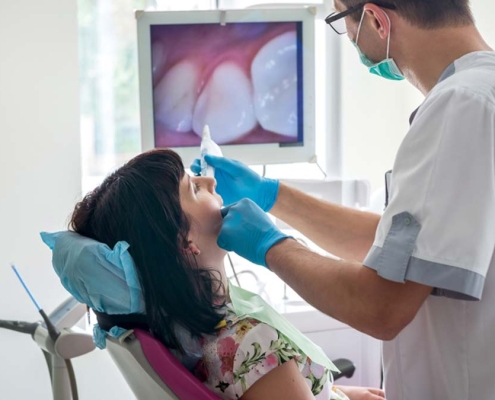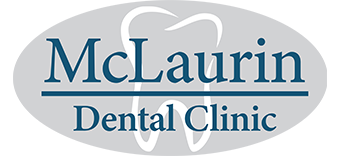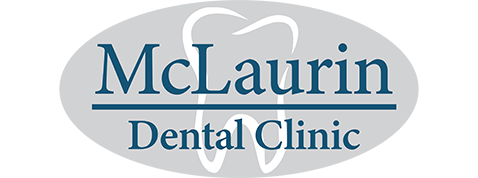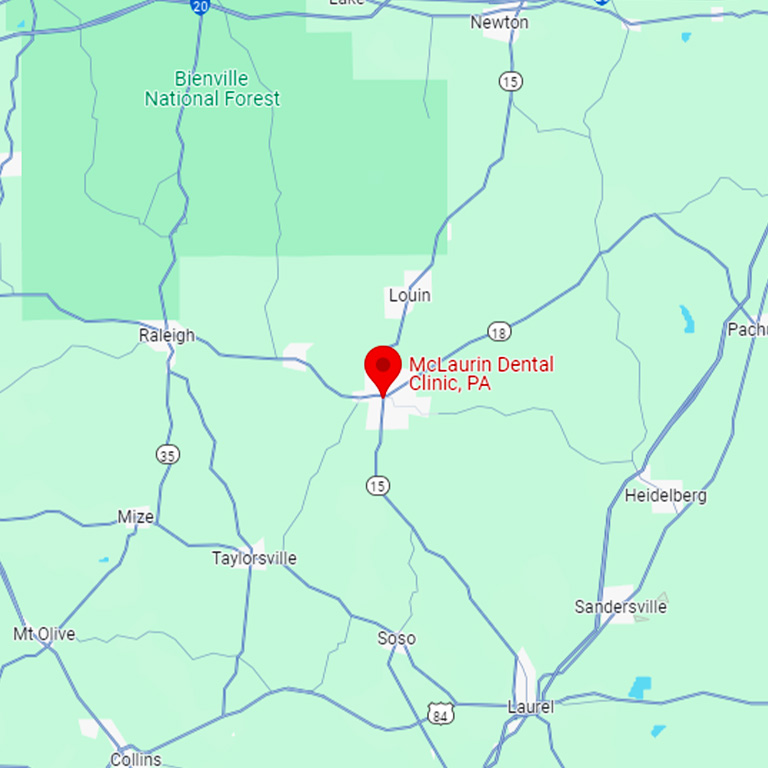Digital Dentistry

What Is Digital Dentistry?
Digital dentistry is a term that encompasses many forms of dental technology that use computer-based components.
What Does Digital Dentistry Do?
Digital dentistry in Bay Springs, MS, gives your dentist the ability to provide you with more accurate and precise treatments with the help of computer-aided tools.
How Does Digital Dentistry Work?
There are three steps in the digital dentistry process.
-
Scanning/Digital Impressions
An intraoral scanner takes digital 3D impressions of your mouth. Those impressions are then digitized so you can see them on the computer screen.
-
Treatment and Design Planning
Your dentist will use CAD/CAM software to design your restorations or other treatments. These designs can be edited and refined at any time.
-
Milling the Appliance
Approved final digital designs are then sent to a 3D printer or milling machine. The milling process creates your new dental appliance.
- Aligners
- Retainers
- Crowns
- Dentures
- Bridges
- Indirect Bonding Trays
- Splints
- And More
Once your dental appliance has been created, your dentist will place it and fit it to make sure it’s comfortable.
The Digital Dentistry Equipment Types
Several types of equipment are used in the digital dentistry process.
Cone-Beam Tomography
Your dentist will use cone-beam tomography to create computer-generated 3D images of your teeth and surrounding tissues. Cone-beam tomography enables your dentist to plan your treatments, such as implants, evaluate your face and jaws, examine cleft palates, and diagnose dental trauma and endodontic conditions.
3D Printing/Additive Manufacturing
Your dentist, laboratories, and other companies use 3D printers to manufacture new dental appliances for their patient’s treatment plans.
Intraoral Scanner
Intraoral scanners use advanced 3D technology to take impressions that show the exact contour and shape of your teeth and surrounding tissues.
They work by shining a light into your mouth. The scanner then captures thousands of images with its imaging sensors. The computer then processes those images using the scanning software. The software finishes the scanned images by creating a 3D surface model of your mouth and surrounding tissues.
Using the intraoral scanner enables your dentist to provide you with better results and a more appropriate and accurate treatment plan.
The Advantages of Digital Dentistry
There are significant advantages to using digital dentistry.
- The impressions are more accurate and more precise than traditional impressions.
- The equipment used is more comfortable for a patient. It’s digital; therefore, it doesn’t cause any gag reflex.
- The technology is digital, so your dentist in Bay Springs, MS, doesn’t have to use messy impression materials.
- The digital technology enables faster turnaround times because the digital impression data is instantly transmitted to the dental lab.
- The communication between dentists and technicians is better due to the ability to share digital files and participate in remote collaboration.
- It provides enhanced patient education and treatment planning because the technology lets the dentist visually show the patient what’s happening and how the treatment will respond.
Contact a Reputable Dentist in Bay Springs, MS
If you have dental issues or want to schedule a routine exam, please Contact McLaurin Dental Clinic today. We have a team of highly trained professionals who have been helping the Bay Springs area for more than 26 years, and we’d love to help you, too!


